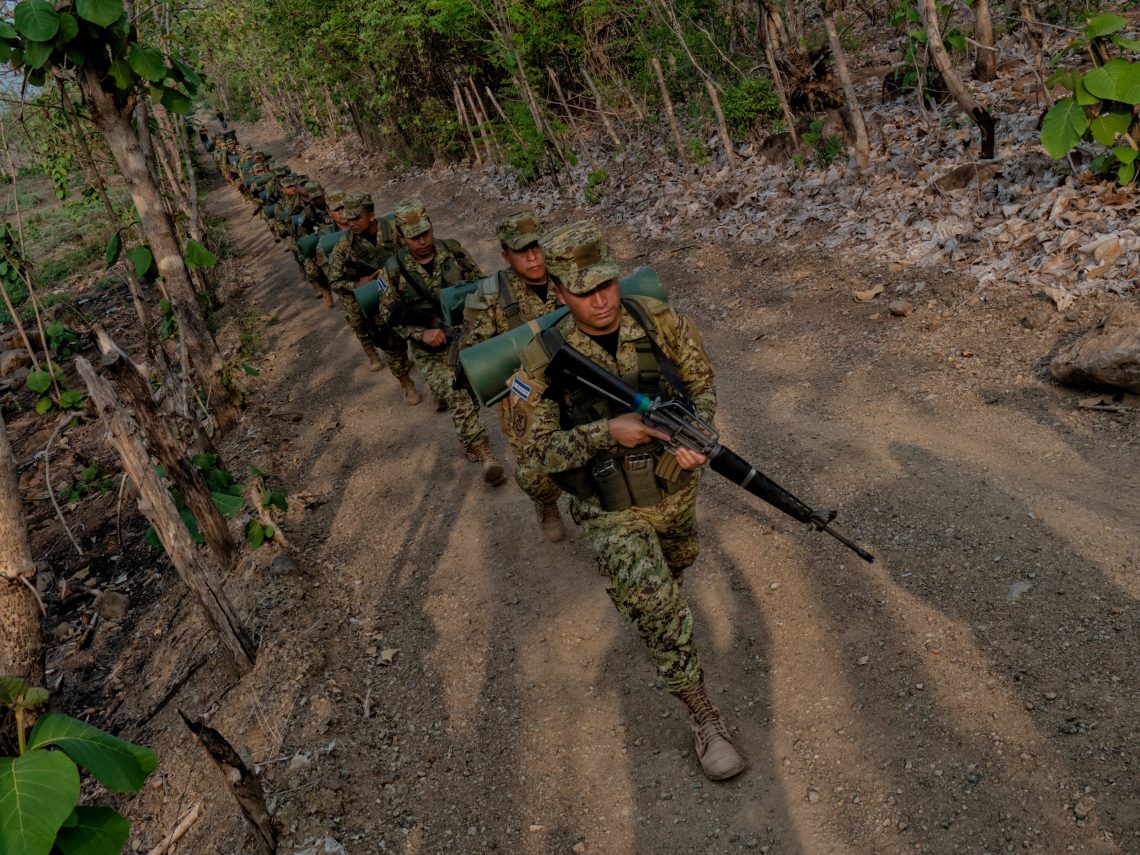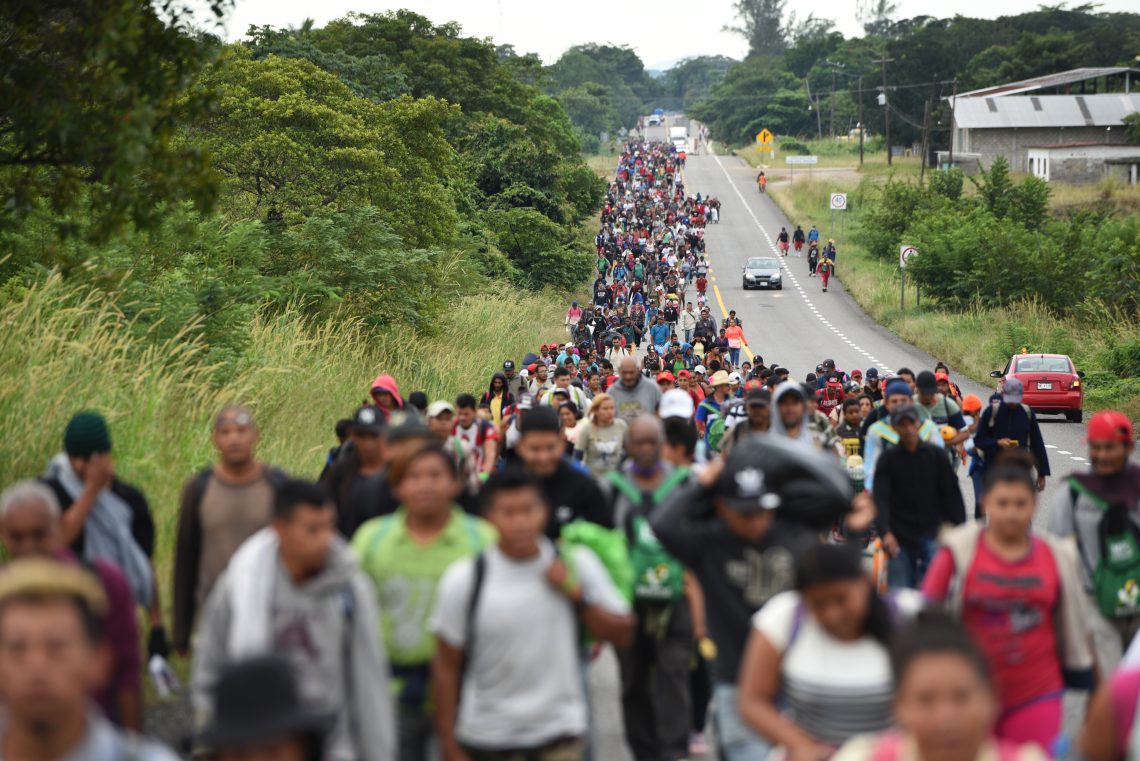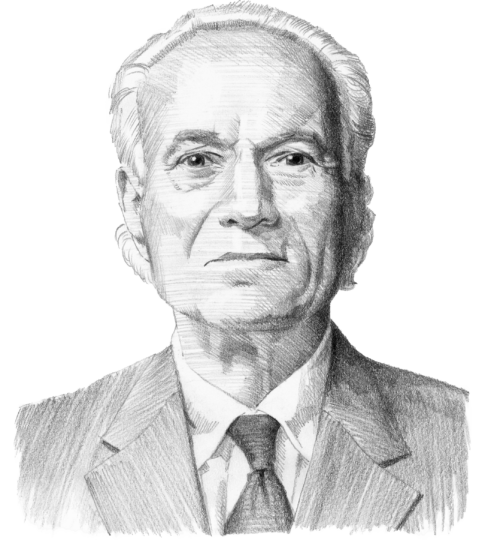Central America’s dysfunction grinds on
Why is so much of the region corrupt, violent and poorly governed? And is there a chance for change?

In a nutshell
- Central America struggles with corruption, violence and emigration
- Costa Rica’s unique success offers lessons in development
- Challenges persist due to weak institutions and historical factors
In recent years, Central American countries have been plagued by democratic backsliding, corruption, gang activity, drug trafficking and violence. Seeking economic opportunities and an escape from oppressive conditions, significant numbers of Central Americans continue to emigrate. The roots of these problems are complex and multifaceted, growing out of structural obstacles as well as poor public policy, a tolerance for corruption and a lack of elite commitment to liberal democracy. The experience of Costa Rica, a significant outlier from the region’s pattern of dysfunction, may offer some lessons for promoting development, although its exact recipe for success may be difficult to replicate.
Democratic deficits
The region’s seven countries (Honduras, El Salvador, Guatemala, Belize, Nicaragua, Costa Rica and Panama) have been in the news for all the wrong reasons. Since 2018, Nicaragua has become an authoritarian regime, with President Daniel Ortega detaining and imprisoning political opponents, intellectuals, former ministers, ruling party members, and even high-ranking members of the Catholic Church. NGOs must register as “foreign agents” and the government has attacked what remains of the free press.
Not to be outdone, the leaders of El Salvador, Guatemala and Honduras have also weakened their countries’ already fragile democracies by concentrating power in the executive, attacking the press and dismantling independent anti-corruption bodies. Since coming to power in 2019, El Salvador’s President Nayib Bukele, a charismatic populist, has systematically removed institutional constraints on his rule, eliminated an agreement to establish the International Commission Against Impunity in El Salvador (CICIES) backed by the Organization of American States, and proposed sweeping electoral changes designed to benefit his party.
In Guatemala, the government disbanded the International Commission against Impunity in Guatemala (CICIG) in 2019, while President Alejandro Giammattei has undermined the justice system, fomented corruption and in 2023 barred nearly all opposition candidates from running for office.
Meanwhile, former Honduran President Jose Orlando Hernandez closed his country’s OAS-backed Mission to Support the Fight against Corruption and Impunity in Honduras (MACCIH) in 2020 and was extradited to the United States on drug trafficking and firearms charges in 2022.

Tolerance for corruption
Moreover, corruption is dispiritingly common and even tolerated. Scandals have beset governments in El Salvador, Honduras and especially Guatemala, and the official response has been to attack the rule of law by undermining or co-opting the justice system and the independent press. Not surprisingly, Central America places well below the median in Transparency International’s 2022 Corruption Perceptions Index, with Panama ranking 101 out of 180 countries, El Salvador at 116, Guatemala at 150, Honduras at 157 and Nicaragua at 167. Only Costa Rica (48) ranks in the top 50 percent globally.
Weak political institutions and poor governance have led to shoddy public services, limited social mobility and rampant insecurity. Central America suffers from some of the highest homicide rates in the world, with all seven countries among the global top 20 in 2021 according to the Igarape Institute; Honduras comes in a dismal second. In addition to each of the individual tragedies, the violence also reduces confidence in politicians and in democracy, decreases interpersonal trust, encourages migration and frustrates development.

The economic situation is also challenging. Historically, Central American economies have been dependent on commodity exports, making them vulnerable not only to the vagaries of international markets but also to natural disasters. And while the region’s economy grew at an average rate of more than 4.5 percent a year from 1990 to 2017, powered by manufacturing and services, productivity growth was sluggish. Labor accounted for two-thirds of the region’s gross domestic product growth, fueled by rapid and unsustainable expansion of the working-age population.
The inequality, corruption and criminal violence have all been exacerbated by the Covid-19 pandemic, and predictably, Central Americans continue to flee their homes in search of better opportunities. Between October 2019 and March 2023, El Salvador, Guatemala, Honduras and Nicaragua accounted for nearly one-third of authorities’ 5.8 million migrant encounters at the U.S. southern border.
Oligarchy’s long shadow
The roots of these problems are deep and complex. Economically, Central America was never a great source of mineral wealth. Its plantation societies featured a small class of landed elites and a large landless peasantry, with high political, social and economic inequality. In El Salvador, for example, the Fourteen Families oligarchy controlled most of the economy, including land and the banking sector, during the late 19th and early 20th centuries, and persists today. Central American countries have some of the highest income inequality in the world.
Attempts to address this inequality through electoral politics were largely defeated by a combination of elite resistance and pressure from the U.S. Throughout the 20th century, the landed oligarchy sought to preserve the status quo, resisting democratizing pressures from below. In Guatemala, the election of progressive ex-military officer Jacobo Arbenz in 1951 threatened both entrenched elites and U.S. business interests after he seized fallow United Fruit Company (UFCO) land with promises to redistribute it; he was ousted in a U.S.-backed military coup in 1954. Driven by its fears of communism during the Cold War, the U.S. supported right-wing authoritarian governments that maintained the status quo. In this environment, democracy – and left-wing parties – found it nearly impossible to take root.
More on Central America
Honduras pays the price for being a captured state
Why they migrate
Absent institutional channels for political or economic change, peasants and other political opponents joined popular resistance fronts and guerilla groups against their governments, leading to deadly civil wars in Guatemala (1960-1996; 200,000 killed), Nicaragua (1960-1990, 35,000-50,000 killed), and El Salvador (1979-1992, 75,000 killed). The interrelated effects of these wars were devastating: broken families and a traumatized citizenry, low economic growth and limited labor opportunities, and massive migration to the U.S. – and, after the migrants were deported back to the region, the emergence of brutal transnational gangs.
This combination of factors meant that with the exception of Costa Rica, Central American states were late and incomplete democratizers. Even after its arrival in the 1980s and 1990s, democracy was never deeply consolidated, and was especially vulnerable to attacks by leaders seeking to concentrate power. And the pervasiveness of violence has helped push jittery voters toward politicians who promise law and order, regardless of their commitment to democratic ideals.
Lessons from Costa Rica?
However, there is at least one success story. Costa Rica achieved stable democratic rule in 1949 as well as comparatively high levels of economic development, foreign investment and public integrity. It is also a tourist mecca, drawing visitors to its rainforests, mountains and beaches.
Part of the country’s success is undoubtedly due to historical and structural factors. Some scholars argue that a low population density and lack of mineral resources made present-day Costa Rica unattractive to the Spanish Empire, helping produce a more egalitarian community. Unlike the plantation societies in the rest of the region, in Costa Rica, the rise of the coffee industry, in conjunction with land abundance and labor scarcity, produced a large class of small and medium-sized rural property holders. With fewer ethnic and class cleavages than its neighbors, Costa Rica was largely free of the conflict between landlords and landless peasants that led to repression and guerrilla warfare elsewhere.
Costa Rica offers important lessons about respect for democratic rules of the game, long-term investment in education and the benefits of a stable democracy.
Others argue that Costa Rica’s outlier status has to do with elite behavior and the state-building process. This perspective maintains that a small emerging elite of business owners and urban professionals used public policy to deal with social conflict and expand their own economic opportunities, helping create high-quality public institutions and promoting democracy.
Costa Rica also suffered less U.S. interventionism than its Central American neighbors during the 19th and 20th centuries, saw its last military coup in 1917 and has been free of internal conflict since a 44-day civil war in 1948. After that incident the country abolished its armed forces, freeing up resources for other public goods such as education and healthcare.
It may be difficult for countries in the region to replicate Costa Rica’s achievements, which would require a change in political will. But the country still offers important lessons about elite accommodation and respect for democratic rules of the game; long-term investment in education; and the benefits of a stable democracy. Drawing tourists, for example, requires economic and political stability, low levels of violence, and adequate infrastructure. This is not impossible: while Panama is different due to its interoceanic canal, it is also something of a success story. The region’s southernmost country abolished its military in 1990 and has drawn foreign investment in part through its reputation for stable governance and protection for the banking industry.
Scenarios
Given the entrenched nature of many of Central America’s problems, radical improvement on the political or social fronts is unlikely. As in the past, individual governments in conjunction with dominant elites will be responsible for either making progress at the margins or overseeing further deterioration through continued corruption, low public investment and democratic erosion.
Political status quo
The most likely scenario in the short term is that countries maintain their political trajectories, whether positive or negative. Sadly, for much of the region, this means democratic erosion or even autocracy. As recent experiences suggest, many elites are more concerned about security (El Salvador, Honduras) or maintaining impunity and access to power (Guatemala) than about guaranteeing liberal democracy. In Nicaragua, where many elites who wish for political change are imprisoned or in exile, this means President Ortega continues to rule as dictator, with little pushback from an increasingly tiny inner circle. Regardless of the country, adherence to existing patterns also means a lack of commitment to fighting corruption or investing in institutions of transparency and accountability, such as the justice system.
Of course, while recent trends are not hopeful, deviation from this course is possible, especially in places that still hold open elections and where authorities are allowed to investigate and denounce corruption.
Deteriorating security
The security situation, one of the region’s most salient public policy concerns, is also unlikely to see radical change. This means relying on an iron fist against street gangs and violence. President Bukele in El Salvador and his Honduran counterpart, Xiomara Castro, have militarized their security response and opened or promised to open new mega-prisons for suspected gang members. This strategy should appeal to electorates tired of worrying about their safety, but by ignoring root causes, in the long run, it is less likely to actually curb violence – and therefore migration to the U.S.
Violence reduction requires a long-term, multipronged investment in improving education, prosperity and labor opportunities, as well as greater social inclusion. While the Biden administration has promised $4.2 billion in private-sector commitments to Central America in an attempt to address the causes of violence and migration, positive change will also require broad investments from governments and the private sector across the region.
Economic opportunities
Economically, however, there are more reasons for optimism. Here, the region seems poised to reap the benefits of engagement with both China and the U.S., as spelled out in this GIS report.
Central America’s pivot toward China is clear, with Costa Rica signing the region’s first free trade agreement (FTA) with Beijing in 2010. El Salvador, Honduras, Nicaragua and Panama have followed suit, cutting diplomatic ties with Taiwan, striking cooperation deals and then beginning talks on FTAs. This benefits the region not only by opening up trade but also by putting competitive pressure on the U.S.; Panama’s decision to restart stalled FTA negotiations in 2022 is a case in point.
Economic reengagement with the U.S. through the revival of talks on a hemispheric trade bloc, the expansion of guest worker programs and the promotion of nearshoring would help diversify and revitalize Central American economies, as this GIS report notes. Foreign direct investment in the region has already risen post-Covid, and President Joe Biden issued an executive order in 2021 encouraging U.S. companies to bring production closer to home. For Central American economies to gain the economic diversification, workforce upskilling and higher productivity they need, private-sector investment in innovation will be key.










